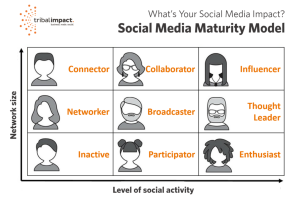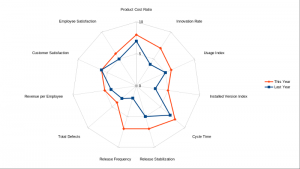by Elisabeth Mischel, October 21, 2015
CPG companies produce an estimated 20,000 new products each year to keep up with increasing consumer demands. Growth requires a constant stream of new ideas, product updates and whole new category innovations. Without input from the market, it’s nearly impossible to ideate, test, and manufacture winning products at the speed that’s needed to stay competitive in the cutthroat retail environment. As a result, CPG companies need to turn to market research to better understand, incorporate and meet the interests of consumers to help them make smart decisions about the product development process. Here are a few ways you can incorporate market research into your product development efforts.
Early Stage Concept Testing
One of the fundamental applications of market research and product development is early stage product concept testing. Concept testing allows companies to ideate quickly with minimal investments. In the past, concept testing was restricted to larger brands as the process required a significant investment of time and were often costly. Focus groups took a long time to convene, were unwieldy to manage, and often required weeks just to collate and analyze the resulting data. The development of digital concept testing platforms has made it possible to quickly and easily vet new product concepts. Early-stage concept testing helps CPG brands make smart decisions regarding their focus, so they’re only manufacturing and marketing products with a good chance of success.
Market Research Package Testing
Packaging plays a major role in purchase decisions. Market research can help companies understand what consumers are looking for in terms of packaging on many levels. Packaging decisions can impact serving size, materials used, or unique elements added—such as the Chobani Flip Top Yogurts, which offer users the option to “flip in” ingredients like dried fruit and nuts. Brand elements are also important in packaging, including color scheme, layout, and notes that speak to the product story or manufacturing process. Input from the market can help CPG firms develop and design packages that capture consumer attention in the marketplace.
Improving Existing Products
Companies that have winning bread and butter products are anxious to find ways to keep these products in the lead. Yet consumers often demand variations on these products, ranging from new flavors to limited edition offerings. Making small changes and improvements to existing CPG products is a significant part of the product development process. In fact, it’s estimated that 90% of product-related market research is focused on improving or making additions to existing products. Market research allows brand marketers to prioritize consumer requests and focus on product variations that are likely to perform well with buyers.
Finding New Markets for Existing Products
Finding growth for a brand doesn’t always mean creating new products. Market research can help CPG companies find new markets. Consider how flexible yogurt is as a product. Typically, yogurt is packaged in such a way that it’s geared toward adults and older children. But market research revealed that many parents would feed their younger children yogurt as a snack, if it was available in kid-friendly packaging. Based on this research, many brands began producing small serving drinkable yogurt beverages and squeezable yogurt packages. Finding new markets for existing products can help scale distribution and grow revenue—while requiring only small modifications from a company’s product development team.
Identifying Opportunities in the Market
Companies gather ideas for new products from a number of different sources. Ideas for new products can come from your frontline staff, from customer suggestions, and from watching industry trends. One emerging area of market research is systematically evaluating your competition’s product development efforts. By tracking what your competitors are doing and which new products consumers are paying attention to, companies can successfully identify opportunities for innovation in the market.
Product development teams should take advantage of market research at every stage of their process, from vetting new product ideas to actively monitoring the competitive product landscape. For CPG companies with aggressive product development goals, a focused market research agenda is often the hidden weapon to successfully competing in today’s product driven market.
(126)
Report Post





